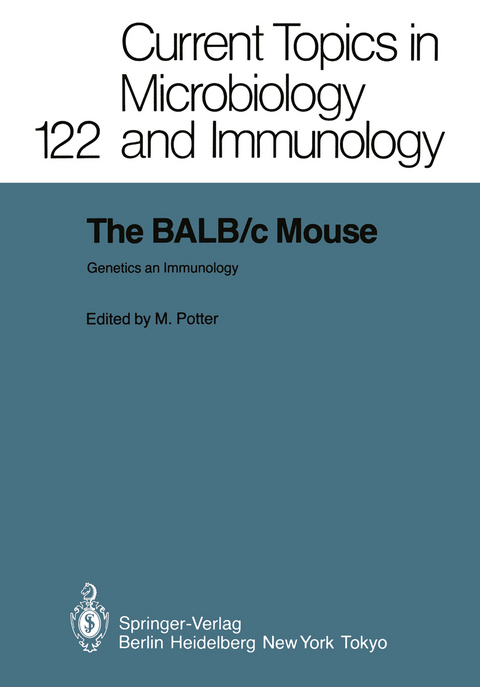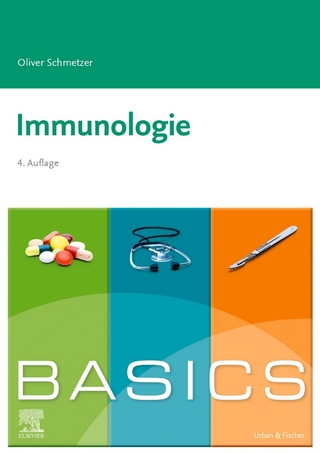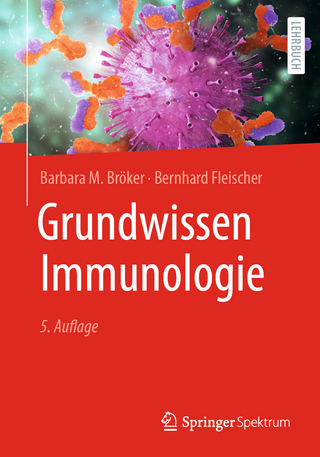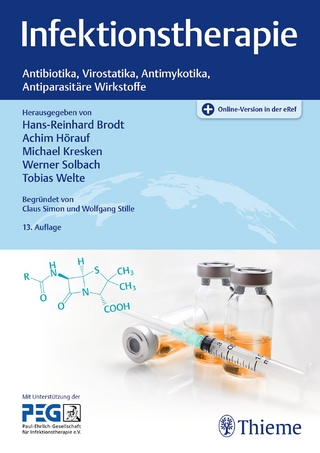
The BALB/c Mouse
Springer Berlin (Verlag)
978-3-642-70742-1 (ISBN)
Michael Potter is Reader in the Philosophy of Mathematics at Cambridge University. He is the author of Sets (OUP, 1990), Reason's Nearest Kin (OUP, 2000), Set Theory and its Philosophy (OUP, 2004), and Mathematical Knowledge (edited with Mary Leng and Alexander Paseau, OUP, 2007).
History of the BALB/c Family.- Genetic Differences in BALB/c Sublines.- Some Unusual Genetic Characteristics of BALB/c and Evidence for Genetic Variation Among BALB/c Substrains.- Genetic Differences in BALB/c Sublines.- A Series of Recombinant Inbred Strains Between the BALB/cHeA and STS/A Mouse Strains.- Characteristics of thewm Substrain of BALB/c Mice.- Qa2 Expression in BALB/c Sublines and a BALB/cLAC Tumor.- Studies into theraf andRif Genes in the Mouse.- Genetic Analysis of Alphafetoprotein Levels in BALB/c Sublines.- The Origin and Meiotic Instability of a Polymorphic Repetitive Sequence PR1 Family.- Genetic Variation of Catecholamine Responsive Metabolic Pathways-A Hypothesis for a Common Regulatory Mechanism in BALB/c Sublines.- DNA Hybridization Subtraction: Differences Detected Between BALB/cAnPt and BALB/cJax at the DNA Level.- Differential Susceptibility of BALB/c Sublines to Diabetes Induction by Multi-Dose St.reptozotocin Treatment.- Genetically Contaminated BALB/c Nude Mice.- The Genetic Stability of Endogenous Type B and C Retroviruses in BALB/c Sublines.- Differences in Response to Infections.- Response of BALB/c Mice to Leishmanial Infection.- Immunoprophylaxis in BALB/c Mice: A Model for Development of Protection Against Primary and Secondary Infection withLeishmania major.- Genetic Control of SystemicLeishmania major Infection: Identification of Subline Differences for Susceptibility to Disease. With 3 Figures.- Role of T Cells in the Unusual Cutaneous Responses toLeishmania in BALB/c Mice.- Susceptibility of BALB/c Sublines to Infection withListeria Monocytogenes.- Genetic Control of the Macrophage Inflammatory Response Elicited in a Subcutaneous Site.- Interaction ofNocardia asteroides in BALB/c Mice: Modulation of Macrophage Function, EnzymeActivity and the Induction of Immunologically Specific T-Cell Bactericidal Activity.- The BALB/c Mouse as a Model to Study Orthopoxviruses.- Genetic Control of Multisystem Autoimmune Disease in Encephalomyocarditis Virus Infected BALB/cCUM and BALB/cBYJ Mice.- Susceptibility to Abel son or Moloney Murine Leukemia Viruses.- Immune Response Differences.- Immunological Tolerance in BALB/c Mice.- The Tol-1 Gene in BALB/c Mice.- Differential Susceptibility to Experimental Autoimmune Orchitis in BALB/c Substrains.- Variation in Responsiveness of BALB/c Sublines, and Congenie Mice to Phase ICoxiella burnetii Infection and Vaccination.- Isotype-Specific Interactions Between Regulatory T Cells and Secreted and Membrane-Bound Monoclonal Immunoglobulins.- Genetic Control of Immunoglobulin Isotype Restriction.- Plasmacytomagenesis and Response to Mineral Oils.- Pristane-Induced Arthritis in BALB/c Mice.- Response of the Peritoneal Mesothelium to the Mineral Oil, Pristane.- BALB/c Subline Differences in Susceptibility to Plasmacytoma Induction.- Differences in the Peritoneal Response to Pristane in BALB/cAnPt and BALB/cJ Mice.
| Erscheint lt. Verlag | 6.12.2011 |
|---|---|
| Reihe/Serie | Current Topics in Microbiology and Immunology |
| Zusatzinfo | XVI, 253 p. |
| Verlagsort | Berlin |
| Sprache | englisch |
| Maße | 170 x 244 mm |
| Gewicht | 474 g |
| Themenwelt | Medizin / Pharmazie ► Medizinische Fachgebiete ► Dermatologie |
| Medizin / Pharmazie ► Medizinische Fachgebiete ► Mikrobiologie / Infektologie / Reisemedizin | |
| Studium ► Querschnittsbereiche ► Infektiologie / Immunologie | |
| Naturwissenschaften ► Biologie ► Mikrobiologie / Immunologie | |
| Schlagworte | Diseases • Genetics • Immunodeficiency • immunology • Infection • Infections • infectious disease |
| ISBN-10 | 3-642-70742-4 / 3642707424 |
| ISBN-13 | 978-3-642-70742-1 / 9783642707421 |
| Zustand | Neuware |
| Haben Sie eine Frage zum Produkt? |
aus dem Bereich


